
Iberian Cultural Immersion
Spain and Portugal offer a heady mix of treasures, from Arabic palaces and Roman temples to Catholic cathedrals and Jewish synagogues. Join us as we
A small island with a memorable punch, Ireland’s breathtaking landscapes and friendly, welcoming people leave visitors floored but looking for more.
Click on the photo below to discover amazing places to visit in Ireland:
Ireland of the Postcard
Everything you’ve heard is true: Ireland is a stunner. The locals need little prodding to proclaim theirs the most beautiful land in the world, and can support their claim with many examples. Everyone will argue over the must-sees, but you can’t go wrong if you put the brooding loneliness of Connemara, the dramatic wildness of Donegal, the majestic mountains of Mourne, the world-famous scenery of counties Kerry and Cork, and the celebrated Causeway Coast in Northern Ireland on your to-visit list.
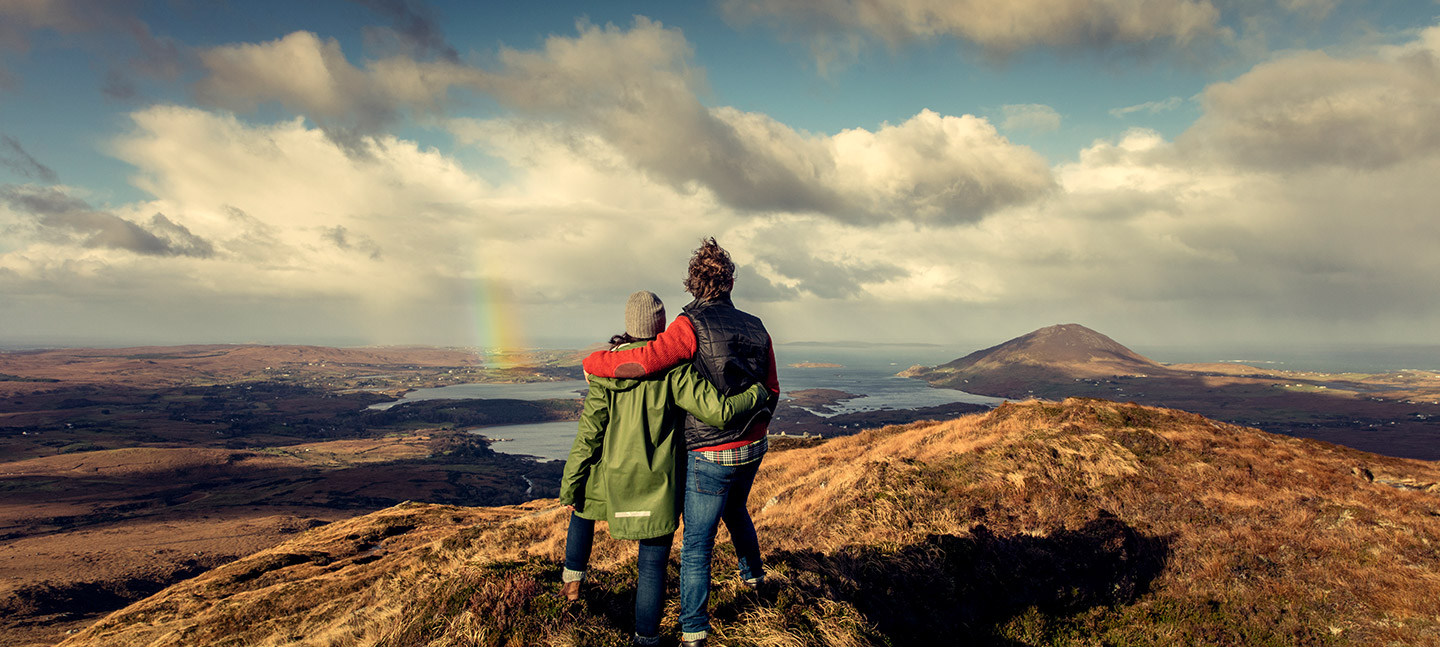
Tread Softly…
History is everywhere, from the breathtaking monuments of prehistoric Ireland at Brú na Bóinne, Slea Head in Kerry and Carrowmore in Sligo, to the fabulous ruins of Ireland’s rich monastic past at Glendalough, Clonmacnoise and Cashel. More recent history is visible in the Titanic Experience in Cobh and the forbidding Kilmainham Gaol in Dublin. And there’s history so young that it’s still considered the present, best experienced on a black-taxi tour of West Belfast or an examination of Derry’s colourful political murals.
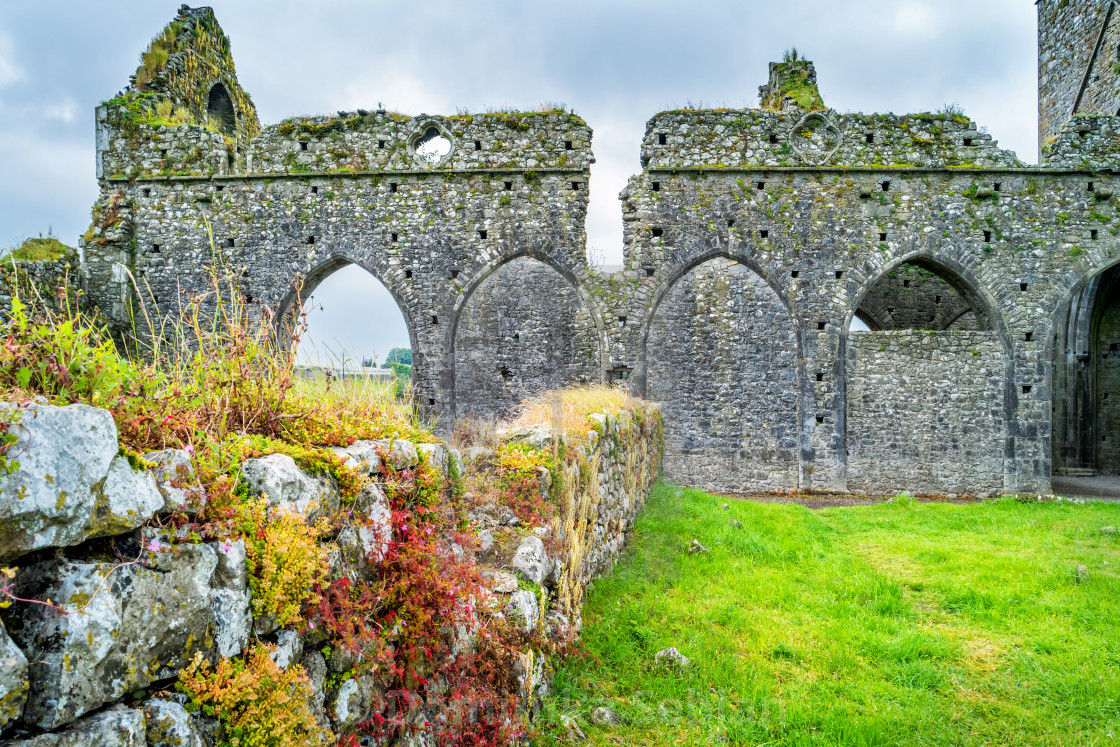
A Cultural Well
It’s become almost trite to declare that Ireland operates a cultural surplus. Its main strengths are literature and music, where Ireland has long punched above its weight, but it is well represented in most other fields, too. Wherever you go you will discover an abundance of cultural expression. You can attend a play by a literary great in Dublin, toe-tap your way through a traditional-music session in a west-of-Ireland pub, or get your EDM on at a club in Belfast. The Irish summer is awash with festivals celebrating everything from flowers in bloom to high literature.
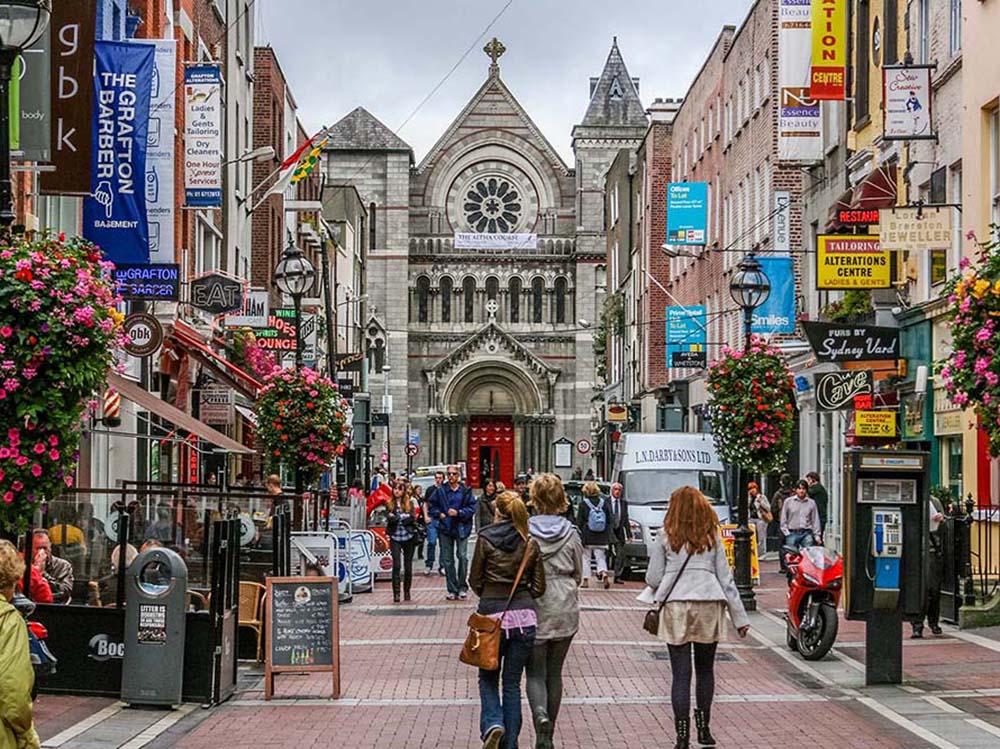
Tá Fáilte Romhat
On the plane and along your travels you might hear it said: tá Fáilte romhat (taw fall-cha row-at) – you’re very welcome. Or, more famously, céad míle fáilte (kade meela fall-cha) – a hundred thousand welcomes. Irish friendliness is an oversimplification of a character that is infinitely complex, but the Irish are nonetheless genuinely warm and welcoming, and there are few more enjoyable ways of gaining a greater understanding of the island’s inhabitants than a chat with a local.
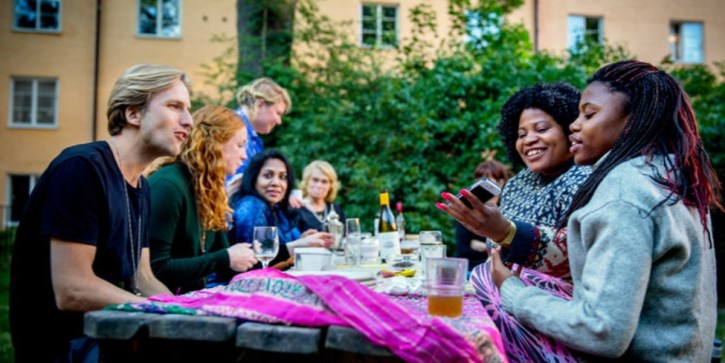
Eating and Drinking
The ‘local food’ movement was pioneered in Ireland in the 1970s, notably at the world-famous Ballymaloe House. Since then the movement has gone from strength to strength, with dozens of farmers markets showcasing the best of local produce, and restaurants all over the country highlighting locally sourced ingredients.
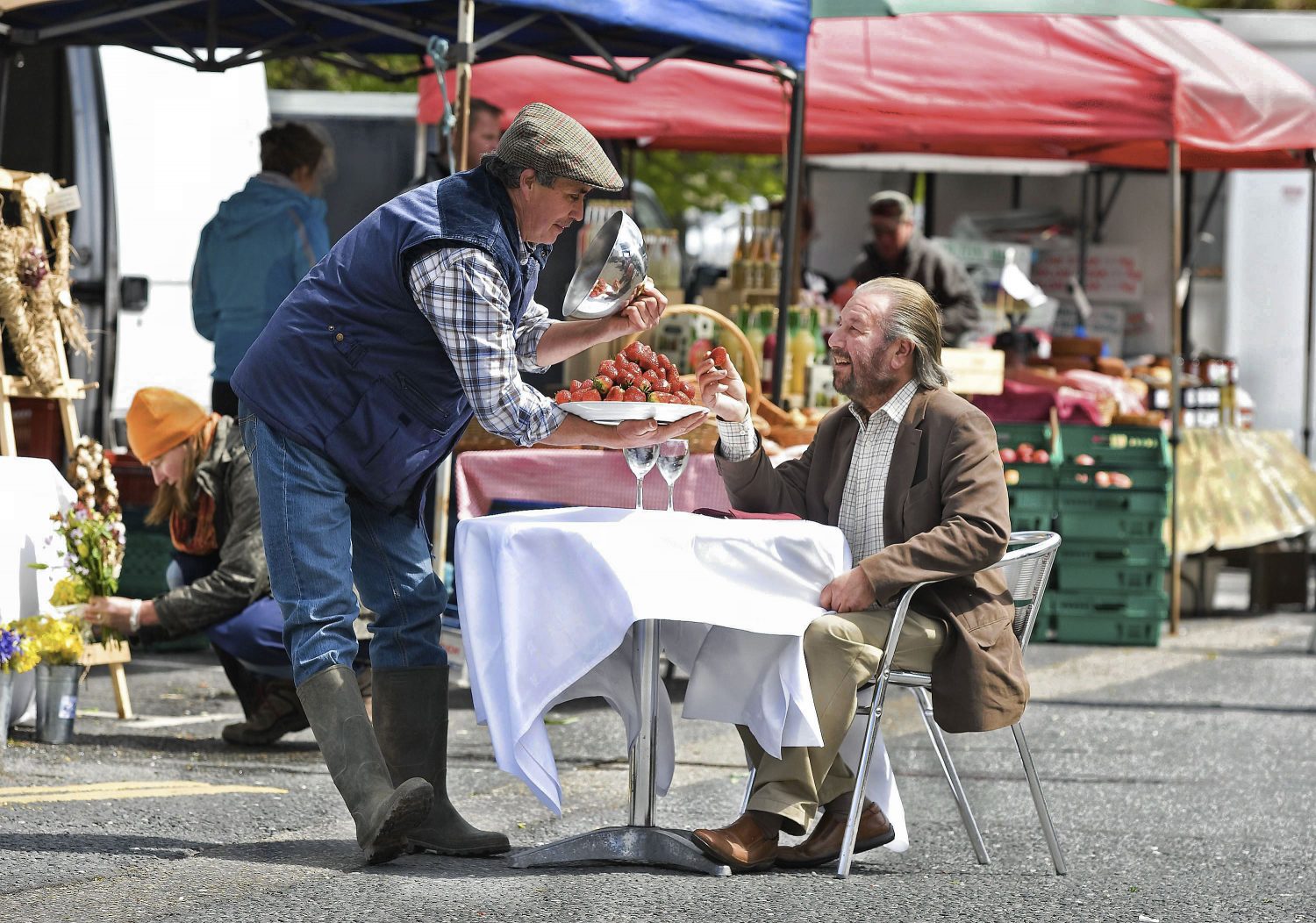
Booking ahead is recommended in cities and larger towns; same-day reservations are usually fine except for top-end restaurants – book those two weeks in advance.
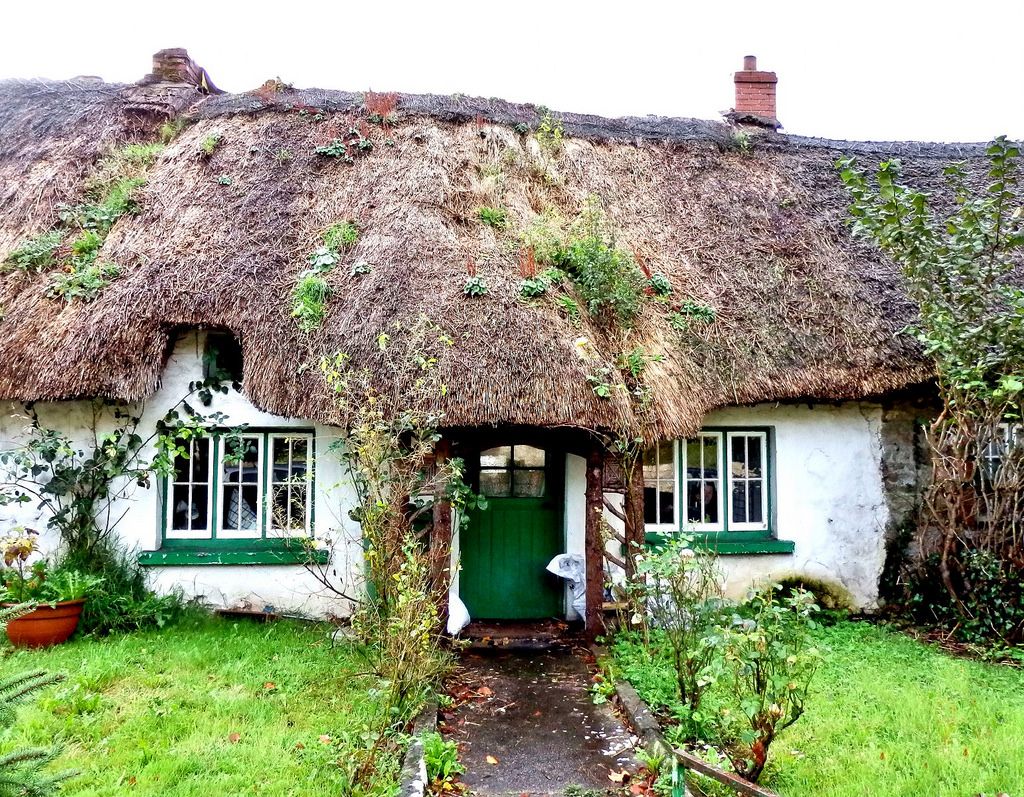
Year in Food
Freshly picked fruit and vegetables, such as asparagus and rhubarb, make an appearance.
West Waterford Festival of Food Three days of local produce and fine food in Dungarvan, including a seaside barbecue and a craft-beer garden.
Taste of Dublin The capital’s best restaurants combine to serve up sample platters of their finest dishes amid music and other entertainment.

First of the season’s new potatoes appear, along with jams and pies made with gooseberries, blackberries and loganberries.
Taste of West Cork Food Festival Skibbereen brings together its best producers to put on this week-long festival.
Galway International Oyster & Seafood Festival The last weekend in September sees plenty of oysters, washed down with lashings of Guinness.
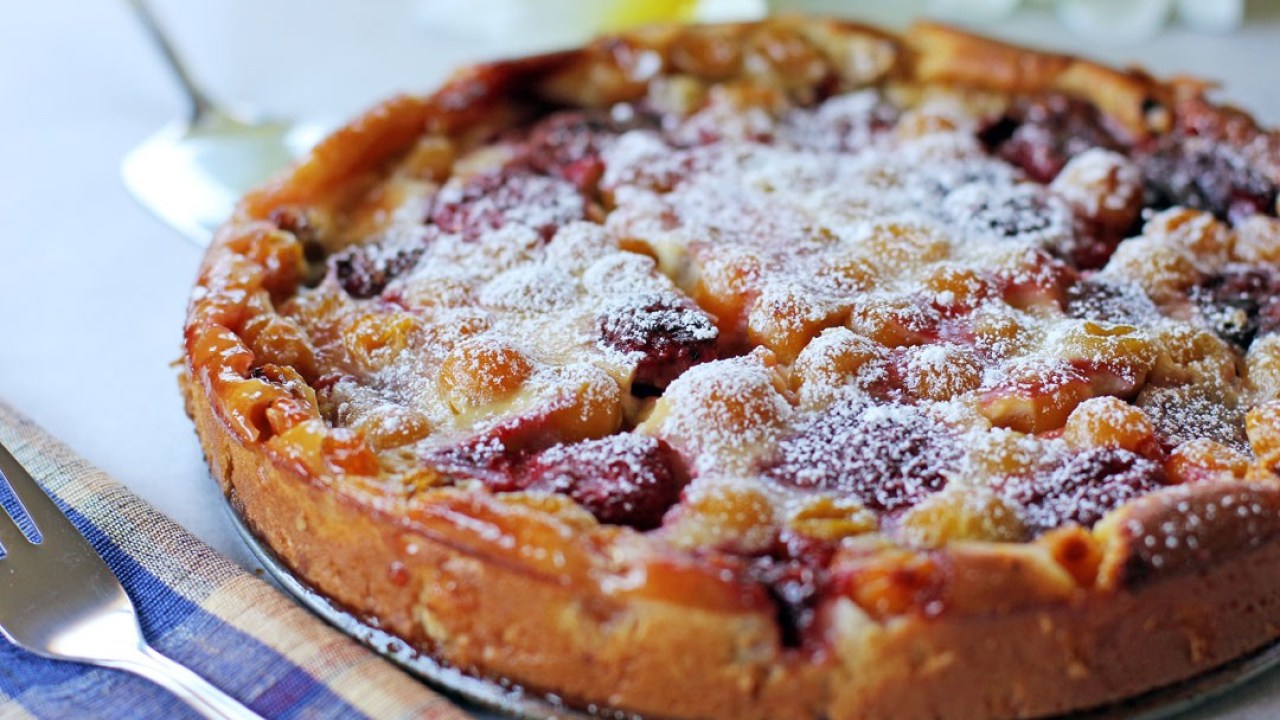
October is apple-picking month, and the main potato crop is harvested.
Kinsale Gourmet Festival The unofficial gourmet capital of Ireland struts its culinary stuff over three days.
Click on the next image to watch a video about the food in Ireland:
FQA
What is the currency used in Ireland? Can I use my international credit card?
The Republic of Ireland and Northern Ireland has divided the country into two portions.
The currency used in The Republic of Ireland is Euros whereas Northern Ireland uses British pounds.
EUR 1 = AUD 1.70
Visa and Mastercard are widely accepted throughout the island of Ireland; American Express is accepted in some places but not all. Credit cards can be used for purchases and also to withdraw cash from ATMs (although this usually is accompanied by a fee).
You can also withdraw cash from ATMs with your Mastercard or Visa debit card. Fees will still be charged but at a lower rate to credit cards. Ireland uses a “chip and pin” system for debit and credit card transactions. Most retailers will accept swipe cards but please note this is not always guaranteed.
It is recommended that you notify your bank of your travel plans prior to your departure. ATM (cash) machines are located at most banks and in cities, towns and villages, and accept most credit and debit cards.
Should I tip in Ireland?
Generally, it’s good etiquette to tip in Ireland. Even so, you should never feel obligated, especially if you receive bad service. How large a gratuity you should leave depends on the service and how happy you were with it.
At a hotel in Ireland, you should tip the hotel porter €1 – €2 per bag if it is brought to your room. Generally, you would give the porter over €5 though. For housekeeping services leave €1 – €2 per night. These are merely suggestions though and you can tip as much or little as you like.
When you are eating at a restaurant in Ireland, you should tip 10-15% of your bill. However, when you get your bill make sure to check and see if the restaurant added a “service charge”. This will be printed near the end of your bill. If the service charge is added, there is no need to tip any additional amount unless, of course, you want to. If the service was terrible and the service charge was already added you can certainly dispute it. In general, tipping is not required in bars. In fact, if you leave a gratuity for the bartender, he may try to find you and return the “money you left on the counter”.
In Ireland, If you are taking a private tour, you should tip your tour guide around 10% of the tour cost. However, if you are taking a group tour, there will be a small basket or hat passed around at the end of the tour. If there is not, consider collecting a euro or two from each member of the group before the tour starts. Then, at the end of the tour give the collection to the tour guide, while expressing your gratitude. He or she may politely refuse at first since this is part of the Irish custom. If this occurs, simply insist that he or she take the tip and again, express your thankfulness for the tour.
Is it safe to travel to Ireland?
The Australian Government provides up to date information on the safety of travelling to various countries, and all travellers should take note of this advice. Liberty Tours recommends that all travellers take out appropriate Travel Insurance to cover the entire duration of their absence from home.
https://www.smartraveller.gov.au/destinations/europe/ireland
Follow this link for current official assessment:
Advice on health risks and vaccination recommendations can also be found using the same link.
What is the weather like in Ireland and when is the best time to go?
High Season (Jun–mid-Sep)
Weather at its best.
Accommodation rates at their highest (especially in August).
Tourist peak in Dublin, Kerry and southern and western coasts.
Shoulder (Easter–May, mid-Sep–Oct)
Weather often good: sun and rain in May, often-warm ‘Indian summers’ in September.
Summer crowds and accommodation rates drop off.
Low Season (Nov–Easter)
Reduced opening hours from October to Easter; some destinations close.
Cold and wet weather throughout the country; fog can reduce visibility.
Big city attractions operate as normal.
Time Zone
The time on the island of Ireland is the same as Greenwich Mean Time less than half of the year. During the summer it becomes GMT+1, that’s Irish Standard Time (IST) in the Republic and British Summer Time (BST) in Northern Ireland. Canberra, Australia is 9 hours ahead of Ireland.
Electricity
230 V/50 Hz
Language
Irish – English (official languages)
Religion
Roman Catholic 84.7%, Church of Ireland 2.7%, other Christian 2.7%, Muslim 1.1%, other 1.7%, unspecified 1.5%, none 5.7%
Ireland Official Tourism Site

Spain and Portugal offer a heady mix of treasures, from Arabic palaces and Roman temples to Catholic cathedrals and Jewish synagogues. Join us as we

Much like Barcelona’s Sagrada Familia Basilica– the architectural masterpiece still under construction more than a century after the laying of the cornerstone – one’s journey

Explore Bordeaux like never before Discover the ports, vineyards, farms and forests of Aquitaine, once Europe’s richest kingdom. See Bordeaux’s fountains and cellars. Hunt for

Two islands, so different, so intriguing. One Italian, one French, both fiercely independent. Visit 3,500-year-old huge stone ‘Nuraghe’ Tower villages, cruise to the beautiful Neptune’s
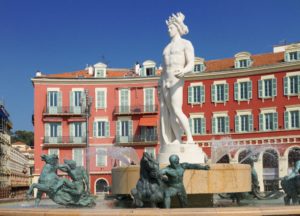
Discover five of France’s seductive regions… the graceful châteaux of the Loire Valley, the glorious Dordogne, the land of the Cathars in the Languedoc Roussillon,

We take the time to do Britain justice…. from Stonehenge to the ‘Bravehearts’ of Scotland and Tintern’s romantic Abbey. Discover the Kingmakers of Warwick and

We are passionate about giving
our customers the holiday of their dreams.
© 2020 All rights reserved